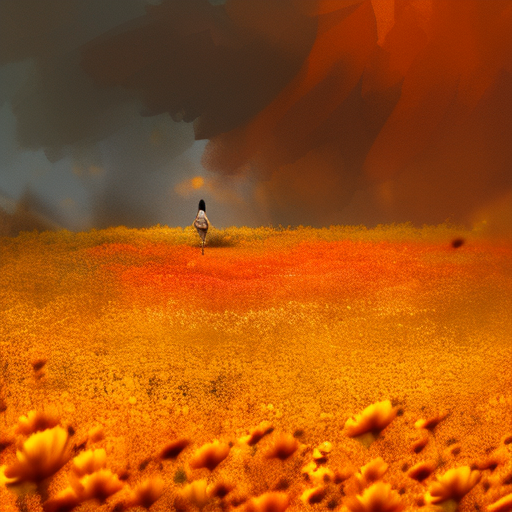One-line Summary:
A Fall of Marigolds is a captivating novel that weaves together the stories of two women separated by a century, both grappling with loss, love, and the power of healing.
The Dual Narrative:
A Fall of Marigolds by Susan Meissner is a beautifully crafted historical fiction novel that seamlessly blends the stories of two women living a century apart. The narrative alternates between the perspectives of Clara Wood, a nurse working at Ellis Island in 1911, and Taryn Michaels, a young widow in present-day Manhattan.
Clara Wood is a strong and compassionate woman who finds solace in her work at the Ellis Island hospital, where she cares for immigrants seeking a new life in America. Haunted by the tragic Triangle Shirtwaist Factory fire, Clara carries the guilt of not being able to save more lives. When she receives a mysterious scarf covered in marigold flowers from a patient, she embarks on a journey to uncover the truth behind the gift and find healing for her own heart.
In the present day, Taryn Michaels is a fabric specialist working at a boutique scarf shop in Manhattan. Still grieving the loss of her husband in the 9/11 attacks, Taryn struggles to move forward with her life. When a customer brings in a damaged marigold scarf, Taryn becomes intrigued by its history and sets out to unravel the mystery behind it. Along the way, she discovers that love and healing can be found in unexpected places.
The Power of Connection:
A Fall of Marigolds explores the profound impact of human connection and the ways in which it can help individuals heal and find hope in the face of tragedy. Both Clara and Taryn are burdened by their pasts, but through their shared experiences and the relationships they form, they learn that they are not alone in their pain. The novel beautifully illustrates how the bonds we form with others can provide solace, understanding, and the strength to move forward.
As Clara forms a friendship with a young immigrant girl named Ruby, she discovers the importance of empathy and understanding. Through their connection, Clara learns to forgive herself and find redemption. Similarly, Taryn finds support and understanding from her co-worker, Angelina, who helps her navigate her grief and encourages her to embrace the possibility of a new beginning.
The Themes of Loss and Healing:
Loss and healing are central themes in A Fall of Marigolds. Both Clara and Taryn have experienced profound loss and struggle to find a way to move forward. The novel explores the different ways in which individuals cope with grief and the transformative power of healing.
Through Clara’s story, Meissner delves into the aftermath of the devastating Triangle Shirtwaist Factory fire, highlighting the emotional toll it took on survivors and the importance of remembering those who perished. Clara’s journey to find healing is a testament to the resilience of the human spirit and the power of forgiveness.
In Taryn’s narrative, the author explores the lasting impact of the 9/11 attacks and the ways in which individuals continue to grapple with grief years later. Taryn’s journey towards healing is a reminder that it is possible to find hope and love even in the midst of unimaginable loss.
Key Takeaways:
- Human connection can provide solace, understanding, and the strength to move forward.
- Empathy and understanding are essential in the healing process.
- Grief is a deeply personal journey, and there is no right or wrong way to navigate it.
- Forgiveness is a powerful tool for healing and finding redemption.
- Love and hope can be found in unexpected places.
“Sometimes the things that change us the most are the things we never see coming.”
In A Fall of Marigolds, Susan Meissner masterfully weaves together the stories of Clara and Taryn, reminding us of the enduring power of love, the importance of human connection, and the resilience of the human spirit. Through themes of loss, healing, and the unexpected ways in which our lives intersect, the novel leaves a lasting impression and serves as a poignant reminder that even in the face of tragedy, there is always hope.












